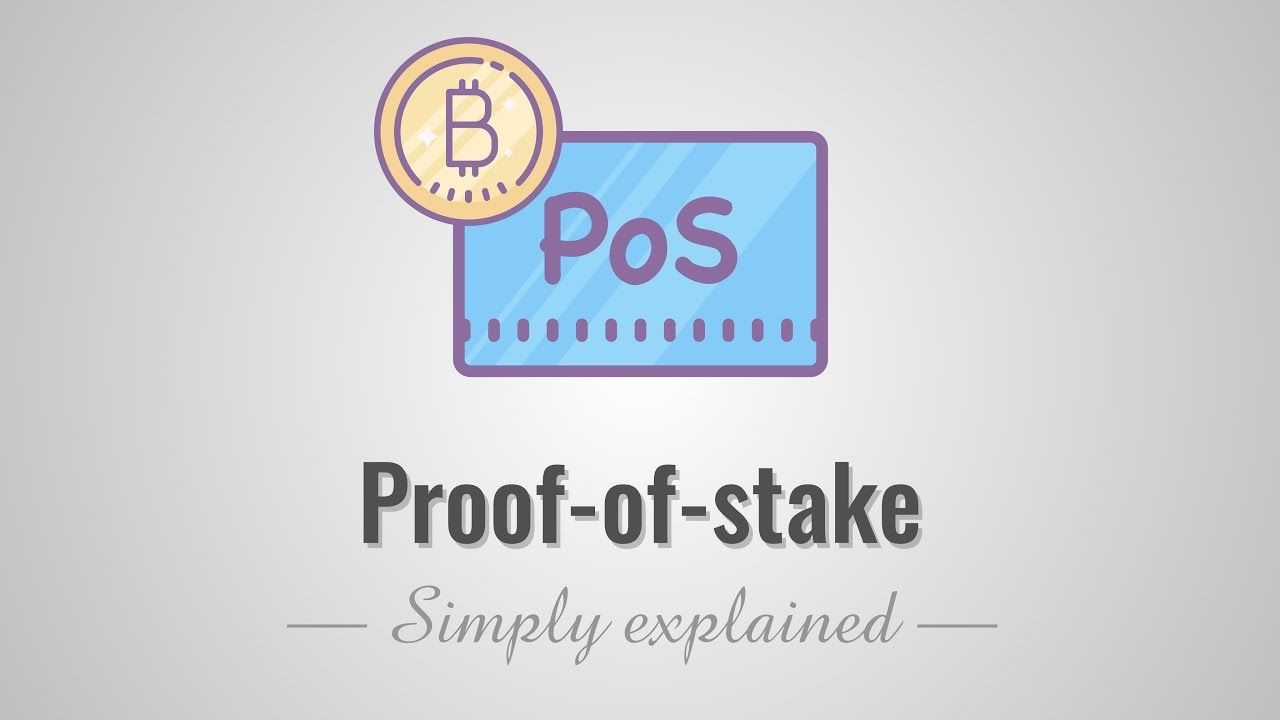PoS is a method used to prevent cryptocurrency fraud by rewarding users for vouching for the legitimacy of transactions.
When a cryptocurrency operates via proof of stake, that indicates it Direct Proof of Stake (DPoS). DPoS is an approach to generate income passively by ensuring the running of a blockchain network.
Many popular cryptocurrencies use proof of stake, including Ethereum, Cardano, Solana and Polkadot.
Proof-of-stake technology is the main competitor to proof of work. The first and most valuable cryptocurrency, Bitcoin, uses proof of work instead of staking, relying on Bitcoin mining.
Though proof-of-stake cryptocurrencies have appealing features, like sustainability and cheaper costs, they also come with potential hazards. For instance, a person could easily lose money if they’re not careful or because of fraudulent behavior. These are only some contrast between the two systems: proof of work and proof of stake.
How does stake proof work?
Proof-of-stake cryptocurrencies let people who use the network to collect records of transactions and suggest them for inclusion in the unalterable record of their underlying blockchain.
Though it’s technical, anyone who knows the basics of cryptocurrencies can get involved in this process.
Some users, often with a lot of cryptocurrency, can act as validator nodes. Their computers collect transaction data and submit it to be included.
Validator nodes who record the “blocks” of transactions that get added to the ledger are rewarded with cryptocurrency. Competition is high to be selected by the network, but validators can increase their chances by putting more cryptocurrency at stake. The more they have on line, the better chance they have if being awarded a block.
Blockchain technology isn’t infallible. For example, validators on some blockchains may have part of their stake slashed – which is what happens when they submit inaccurate information or if their computers go offline unexpectedly.
So what’s the solution for regular people who want to get in on the proof-of-stake game? If you own a proof-of stake cryptocurrency, you can simply “delegate” your crypto to a validator with more network power.
You can typically do this process directly from your cryptocurrency exchange or wallet, and you’ll generally earn more money than with other savings products.
Although you may be hand-selecting your own validator, it’s beneficial to look into their past performance and dependability. Analytics displaying statistics about validators are frequently offered on online communities or official websites for crypto projects.
What are ‘consensus mechanisms’?
In order to ensure the stability and reliability of a Proof of Stake system, “consensus mechanisms” have been put in place. Let’s take a closer look at what that entails:
Cryptocurrencies don’t have anyone regulating them, so their users need to find a way to come to a consensus about ownership.
Developers understand that any user can try to update the chain of past transactions, so they’ve created ways to stop fraud and errors. They do this by making sure users are financially motivated to keep an accurate record.
Using proof of stake is one way to help ensure the security of your digital currency.
It’s critical to distinction between proof of stake and proof of work when you’re trying to decide which new cryptocurrency project is worth investing in. Even if, overall, you think that projects using the proof-of-stake model are promising, it’s still necessary to evaluate each one on its own merits. Unfortunately, not all cryptocurrencies labeled as “proof-of-stake” have real potential.
Learning about the cryptocurrency project you want to invest in is critical. Read up on its mission and whether there are any other products that might do it better.
If you purchase a proof-of-stake cryptocurrency, you’ll be more informed if you understand how it works.
Conclusion
- PoS is a method used to prevent cryptocurrency fraud by rewarding users for vouching for the legitimacy of transactions.
- DPoS is an approach to generate income passively by ensuring the running of a blockchain network.
- Many popular cryptocurrencies use proof of stake, including Ethereum, Cardano, Solana and Polkadot.
- Proof-of-stake technology is the main competitor to proof of work. The first and most valuable cryptocurrency, Bitcoin, uses proof of work instead of staking, relying on Bitcoin mining.
- Though proof-of-stake cryptocurrencies have appealing features, like sustainability and cheaper costs
